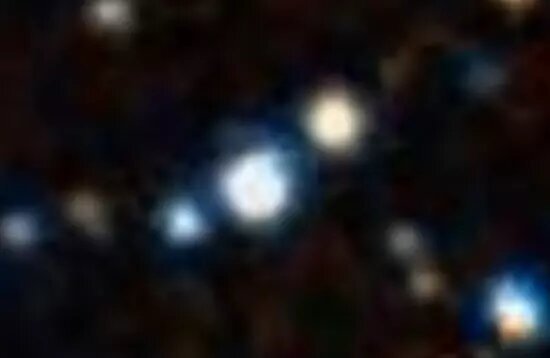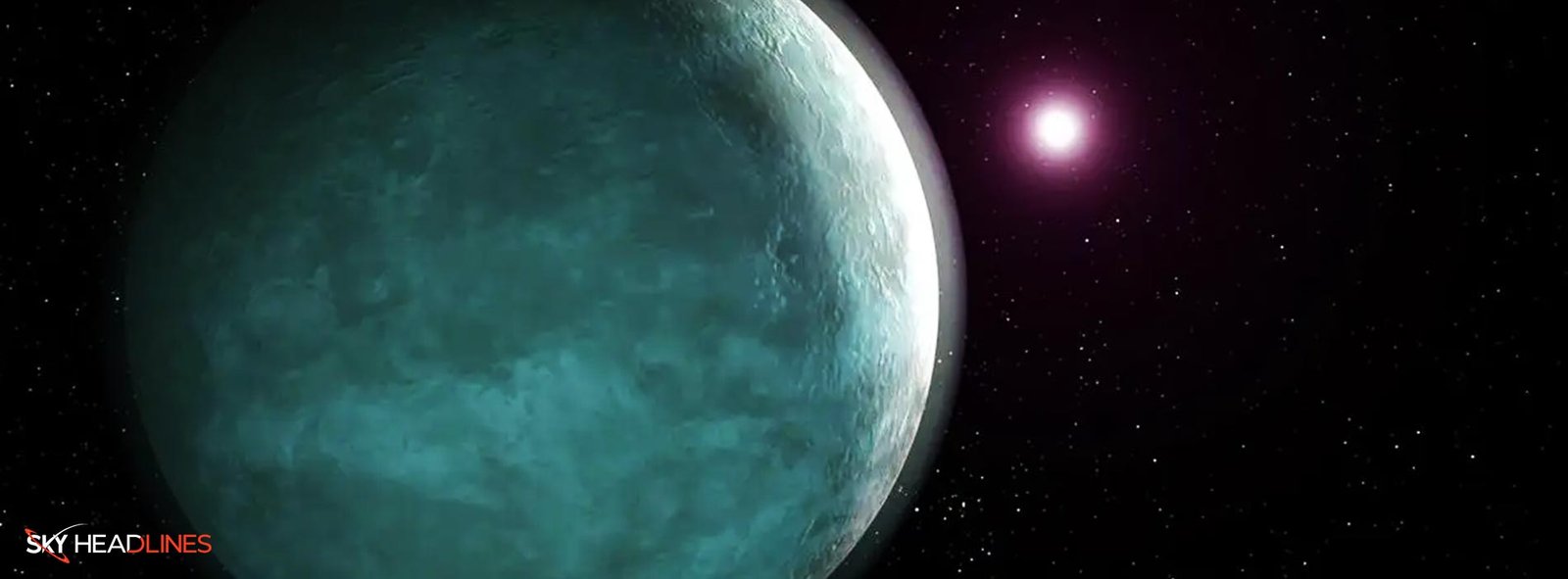Kepler 209 is an exoplanet similar to Neptune. Moreover, it orbits a G-type star. It’s 5.73 times the mass of Earth, and takes 16.1 days to complete one orbit around its star. Additionally, it positioned 0.122 astronomical units (AU) away from its star. Its discovery was announced in 2014.
Quick Facts & Details:
Kepler-209 is not visible to the naked eye. It has two planets, Kepler-209 b and Kepler-209 c. Moreover, it was discovered in 2014. This star is a G7-type yellow dwarf, slightly smaller and lighter than our Sun, with an estimated age between 1.95 and 7.77 billion years.
This exoplanet is in the Lyra constellation, positioned below the wing of the Swan (Cygnus). It’s located about halfway between Deneb and Vega stars, in the region between Fawaris and Delta Lyrae. In the same part of the sky, you can also see the barred spiral galaxy NGC 6792.

The History Behind Its Discovery:
The Simbad Astronomical Database labels Kepler-209 as a variable star, meaning it changes in brightness due to surface irregularities and rotation. In 2014, two Neptune-like planets, Kepler-209 b and Kepler-209 c, were discovered orbiting this star. These planets were found using the transit method and confirmed by a team led by Jason F. Rowe at NASA’s Ames Research Center, with the results published in The Astrophysical Journal on March 4, 2014.
Let’s Dig Deep into the Details of Kepler 209 b & Kepler 209 c:
This exoplanet is a gas giant planet similar to Neptune. It orbits its parent star every 16.09 days, at a distance of 0.122 astronomical units. This planet has a mass equal to 5.73 times that of Earth and a radius measuring 0.202 times that of Jupiter.
Another planet, Kepler-209 c, is situated farther from the star, with an orbit period of 41.7 days and a distance of 0.231 astronomical units. It has a mass equivalent to 9.8 Earth masses and a radius equal to 0.277 times the radius of Jupiter.
Both of these planets, Kepler-209 b and Kepler-209 c, do not orbit within the star’s habitable zone. The habitable zone is the region around a star where conditions could allow for liquid water on a planet’s surface. Unfortunately, these planets are too close to Kepler-209 for liquid water to exist, making them unlikely to be habitable.
Kepler Space Telescope:
A third planet called KOI-672.03 was initially thought to be in the system but turned out to not to be true. This star doesn’t have a regular name. It was found during NASA’s Kepler mission, which aimed to find planets outside our solar system, especially those like Earth in size and location. The Kepler space telescope focused on specific parts of the sky in constellations like Cygnus, Draco, and Lyra. Over its 9-year mission, it discovered many exoplanets. However, it was retired in 2018 due to running out of fuel.

Kepler’s work greatly improved our knowledge of planets and the cosmos. Its legacy is an extensive list of possible planets in a specific part of the sky. Following Kepler, two other space telescopes continued its mission: TESS and JWST. This exoplanet is listed as KOI 672 in the Kepler Objects of Interest (KOI) catalog, which is the final catalog of potential exoplanets discovered by Kepler.
The Habitable Fact of Kepler 209:
NASA sent the Kepler spacecraft into space in 2009 to find Earth-sized planets around stars like our Sun in regions where life could potentially exist. It did this by looking for stars with regular signals that hinted at planets passing in front of them or binary systems with eclipses. When these planets crossed in front of their stars, Kepler noticed a slight decrease in starlight. Before it was retired, Kepler discovered 2,662 exoplanets by studying 530,506 stars. The space telescope was named after the famous astronomer Johannes Kepler, known for his work on how planets move around the Sun in the 17th century.
Deneb, Vega, and Altair form the Summer Triangle, and they’re easy to spot. Deneb is at the top of the Northern Cross, visible high in the sky during the northern hemisphere summer. Altair is between two relatively bright stars, Tarazed and Alshain, and Vega is near a fainter parallelogram that outlines the celestial Harp.
Constellation Lyra Details That You Didn’t Know Earlier:
This exoplanet is found in the Lyra constellation, also known as the Harp. This constellation dates back to the Greek astronomer Ptolemy in the 2nd century CE. It’s associated with the lyre of Orpheus, a famous poet and musician in Greek mythology. According to the story, Orpheus met a tragic end, but Zeus placed him and his lyre in the night sky.

Lyra is a small constellation, covering 286 square degrees in the northern sky, ranking 52nd in size out of 88 constellations. You can spot it near the larger constellations Hercules and Cygnus.
Is Kepler-209 a real planet?
This exoplanet is a Neptune-like planet orbiting a G-type star. It’s about 5.73 times the mass of Earth, takes 16.1 days to complete one orbit around its star. Besides this, it is situated at a distance of 0.122 astronomical units (AU) from the star.
How far is Kepler-209 from Earth?
This star is situated approximately 1,913.5 light-years (or 586.7 parsecs) from our Solar System. Additionally, it has an apparent brightness level of 12.8 in the sky and an absolute brightness of 4.0.
Where is planet Kepler-209?
This exoplanet is quite far from our Solar System, about 1,881 light-years away. Its discovery was made public in 2014. It has a brightness level of 12.8 in the sky, with an absolute brightness of 4.0.
Can humans land on Kepler?
Visiting Kepler-452b for NASA or humans is not possible. Moreover, it is due to the enormous distance of 1,400 light-years that separates us from this planet.





